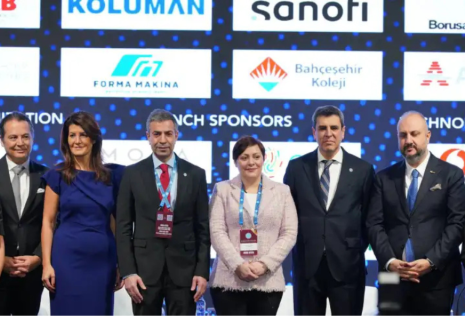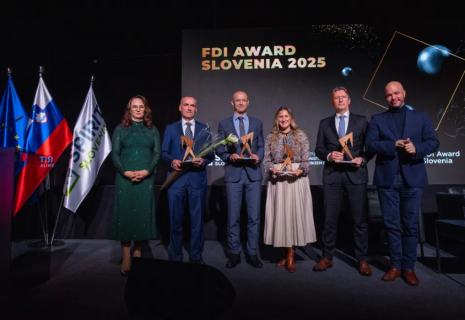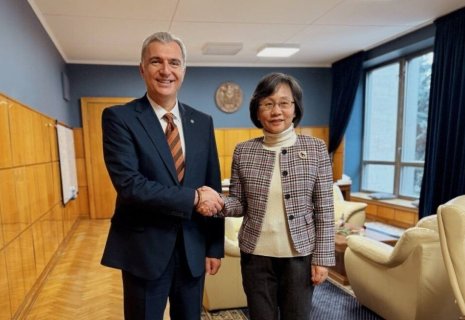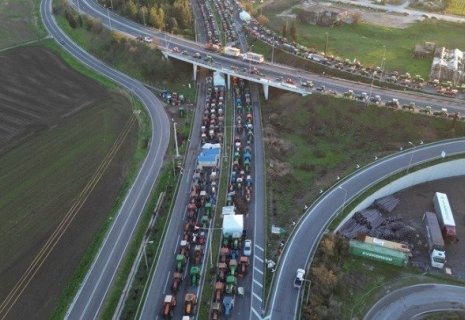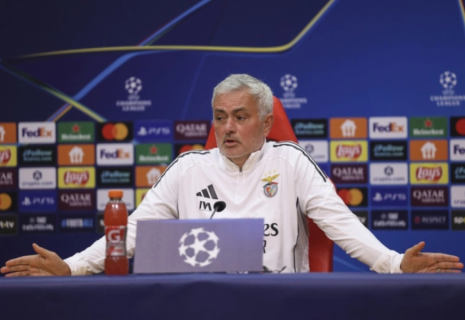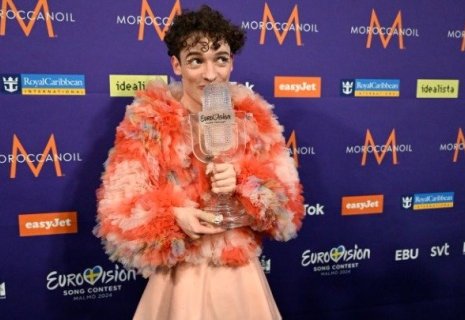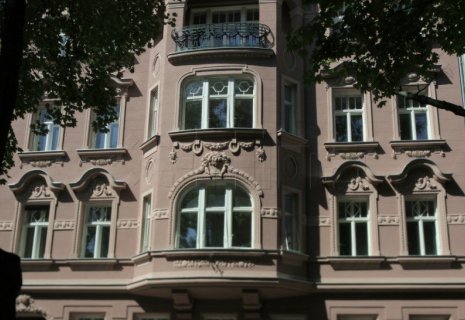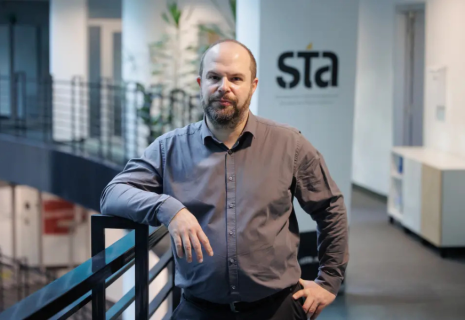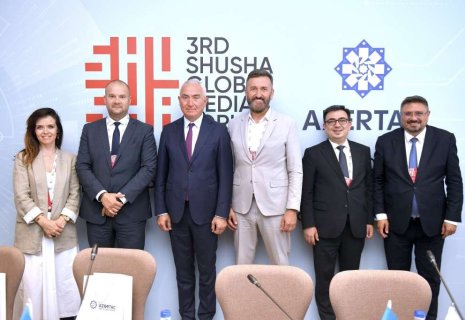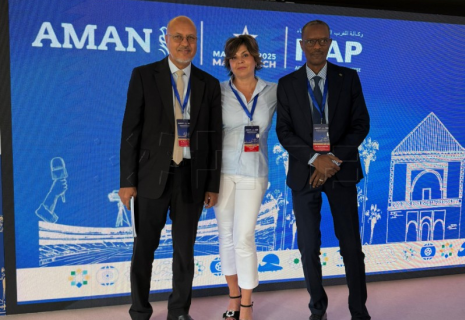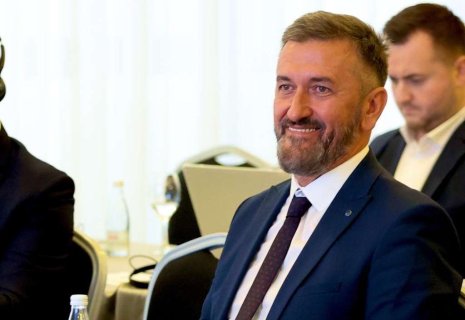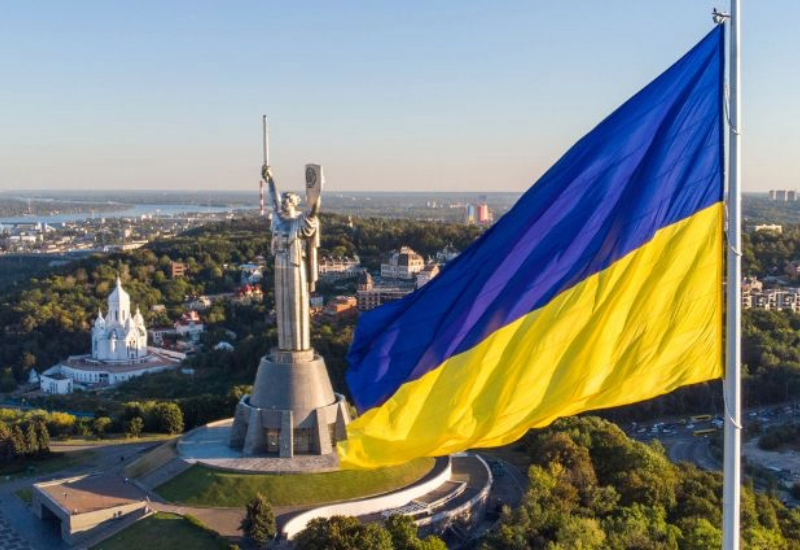
EBRD reveals war-tested strategy for Ukraine’s real economy - EXCLUSIVE
CE Report presents an exclusive interview with a representative of the European Bank for Reconstruction and Development (EBRD), shedding light on the Bank’s strategic priorities in Ukraine for 2025.
What are the EBRD’s current priorities in Ukraine for 2025, particularly in the context of supporting resilience, recovery, and long-term reconstruction?
Our priority in 2025 remains firmly on supporting Ukraine’s real economy. The stronger the economy stays during wartime, the less costly and more effective the country’s eventual recovery and reconstruction will be. We are continuing to focus our efforts across five key areas: energy security, vital infrastructure, food security, trade, and private sector support.
Ukraine has long been one of the EBRD’s largest countries of operations, with cumulative lending of more than €17 billion. Since the start of Russia’s full-scale invasion, the EBRD has invested €6.5 billion in Ukraine’s real economy. In 2023 alone, we deployed a record €2.4 billion — exceeding our wartime target of €1.5 to €2 billion per year. We are ready to step up further as Ukraine moves into the reconstruction phase. Energy remains a major focus: since 2022, our energy-related financing has reached €2 billion, including €639 million signed last year alone.
How is the EBRD balancing emergency response financing with long-term investment strategies in sectors such as infrastructure, energy, and agriculture?
Balancing emergency response financing with long-term investment is central to our work in Ukraine. In some of our key sectors like energy, infrastructure and agriculture, we’re addressing immediate needs while at the same time supporting Ukraine’s future resilience.
Take energy, for example — the €2 billion we’ve committed since 2022 addresses both present and future needs. On Friday, 25 April 2025, we signed a €270 million loan with Naftogaz, backed by a €140 million grant from Norway, to secure emergency supplies of gas for the next two heating seasons. And, after one €80 million investment last winter in Ukrnafta’s dispersed energy generation facilities, to address current energy shortages, we are working on the next facility with Ukrnafta for more gas-based generation. At the same time, we’re financing Ukraine’s green transition to a much more renewables-focused future energy mix— including €60 million for a new 150MW wind farm by Galnaftogaz in western Ukraine, as part of a wider €157 million package with IFC and the Black Sea Trade and Development Bank, supported by the EU.
So, in response to the difficult energy situation today, we are covering all aspects of energy support with the relevant partners.
Our funding ensures vital energy services for millions of people and businesses, with support provided to state-owned companies such as Naftogaz, Ukrenergo, Ukrhydroenergo, Ukrnafta, and Ukrainian Railways, as well as private players, including in the renewables sector, like Galnaftogaz and Goldbeck Solar.
What role does the EBRD foresee for public-private partnerships (PPPs) in Ukraine’s post-war recovery, and are there specific sectors where such models are being actively encouraged?
Public-private partnerships have a key role to play in Ukraine’s post-war recovery. They can help bring in private capital and international expertise to rebuild critical infrastructure, while also sharing risks between the state and investors and ensuring projects follow international best practices.
By using PPPs, Ukraine can reduce the pressure on public finances, attract support from multilateral and bilateral donors, speed up project delivery, and encourage innovation. Based on global experience, we see real potential for PPP and concession projects in sectors like transport and social infrastructure — including roads, railways, ports, airports, hospitals and schools. The EBRD has supported similar projects across the region, and we believe this expertise can be put to good use in Ukraine’s reconstruction.
In what ways is the EBRD supporting Ukraine’s private sector, especially SMEs, to remain operational and competitive in the face of wartime economic constraints?
Supporting Ukraine’s private sector, particularly SMEs, has been one of the EBRD’s top priorities. Since the start of the war, together with our donors, we’ve scaled up our support through financing, advisory and policy tools — from relocation assistance and entrepreneurship programmes to credit lines and portfolio risk-sharing.
We work directly both with larger SMEs through our Direct Financing and Risk Sharing Frameworks; and through 13 local partner financial institutions for smaller ones. Through tools like our Resilience and Livelihood Guarantees and dedicated credit lines, we, together with donors, help reduce lending risks and expand access to finance — often covering up to 50 per cent of the credit risk.
Since 2022, we’ve deployed over €2.4 billion via these partners, enabling €4.1 billion in trade, investment and working capital financing.
In the private sector we see further opportunities in agriculture and financial institutions, with whom we partner to bring energy security loans into the economy, support trade, war-affected SMEs and improve conditions for re-integration of veterans. We were the first to launch dedicated financing under our Veteran Reintegration and Enterprise Renaissance Windows — tailored to support businesses led by or employing war veterans, helping them transition back to civilian life and economic activity.
We are also supporting energy security of Ukraine's private sector through the Energy Security Support Facility (ESSF), which guarantees up to €700 million in financing for partner banks to foster energy security investments, more than half of which has already been used. This includes support for local firms, municipalities, and households.
As of year-end 2024, more than 7,600 businesses in Ukraine have received over 9,600 sub-loans through our wartime programmes.
How is the EBRD integrating climate resilience and sustainability principles into its projects in Ukraine, particularly within the energy and urban development sectors?
We are strongly committed to integrating climate resilience and sustainability into our projects across Ukraine, particularly in the energy and urban development sectors and work closely with our donors in doing so. One of the biggest donors to support the green agenda is the European Union. This commitment is driven by the need to combat the climate crisis, reduce dependence on fossil fuels, and support long-term economic and geopolitical stability.
Investments in renewable energy, energy-efficient technologies, and green infrastructure are key areas where the EBRD is focused. They help strengthen energy security, reduce costs, and make energy systems more resilient.
In Ukraine, the EBRD’s Green Cities Programme is a flagship initiative promoting sustainability in urban development. A recent example is the city of Khmelnytskyi, where the EBRD is supporting projects like the introduction of energy-efficient trolleybuses and a solid waste management project, co-funded by the EU.
In the energy sector, the EBRD is working to balance immediate energy needs with long-term sustainability goals. We have been financing small gas-fired generators to provide emergency power during the ongoing crisis. While these generators address short-term energy needs, they will later serve as backup for renewable energy sources, which will play a major role in Ukraine’s future energy system.
As Ukraine looks toward post-war recovery, we expect a massive increase in renewable energy generation, and are already collaborating with private investors on solar and wind power projects, i.e. German investor, Goldbeck Solar and local Ukrainian investor and existing EBRD client, OKKO Group (GalNaftoGaz or GNG).
We are also supporting municipalities like Kyiv, Kharkiv, Lutsk and Mykolaiv with emergency loans to maintain and upgrade vital heating and water infrastructure.
Beyond energy, the EBRD’s focus on green transition extends to other sectors, including waste management, water conservation, and energy efficiency improvements.
This interview was prepared by Abdul Karimkhanov


